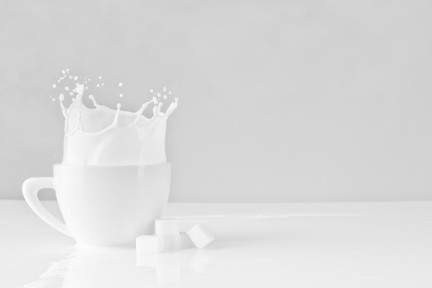I am finally at speech number 2. After all this time, I have finally made it beyond project 1, The Ice Breaker. There are a number of things I realized while preparing for this speech.
I had some issues going into this speech. It took me a while to decide on the subject. It came about after some discussion with my daughter. Admittedly, as simple as the subject sounds, I do not know much about the issue.
After such good reviews on the Ice Breaker, I may have gotten a little over confident. I actually spent more time preparing for a speech about myself, than for this particular speech.
Because I spent what amounted to two days to prepare, my efforts to just memorize the sequence I was going to make the presentation, I ended up memorizing the whole speech. And it shows. I feared I would forget some of the information I was going to present, and I did. I felt terrible, upset and disappointed after.
I will definitely be taking more time to prepare and get to know the subject of the speech, just like I know myself.
Below is the speech I presented, titled, “Milk or No Milk”
I am going to be talking about a food that most of us consume from about the moment of birth and up to our waning years. It is an ingredient in such delicious treats like ice cream, chocolate candy, milkshake, yogurt, cheese and cakes. It is enjoyable, full of needed proteins, vitamin’s and minerals.
Americans consume an average of 21 gals of milk per person per year. Some of you may consume more than that. I wonder, has anybody in here stopped to consider if we should even be drinking milk. I intend to present to you a few of the arguments for drinking milk, and some of the arguments against. It is then up to each of you to decide what is best for you.
Why do we consume milk?
Milk, of course, is the first food most of us eat as infants. It is full of the necessary nutrients needed for our development, in an easy to consume package. No chewing required. By the way, that may also explain why we continue to drink milk in our senior years. No chewing required.
We know that calcium is an important component in the development of bones. It is recommended that as adults, we consume at least 1000 mg of calcium daily for the prevention of osteoporosis. Milk is a very good source of this mineral.
Too little potassium, coupled with the high amount of sodium in a typical diet, can lead to high blood pressure. Milk is an excellent source of both potassium and phosphorus.
Recognizing the importance of milk in our health, the USDA, in 2010, released new guidelines that recommended adults increase their consumption of low-fat or fat free milk to up to 3 cups per day.
Arguments against milk consumption
Is there a downside to consuming milk? For one, animals are designed by nature to consume milk from their own species. Cow’s milk is foreign to us. We are also the only mammals that continue to consume milk after the development stage. Is this normal? Consider this, up to 75% of the world population and 25% in the United States, lose their ability to properly process lactose after weaning. This condition is called lactose intolerance. For those who may not know, lactose intolerance is the inability of the body to break down lactose, the natural sugar in milk. This is due to the insufficient production of the enzyme lactase. And this intolerance increases as we grow older. Is that nature telling us something?
Finally, in the quest to encourage more consumption, some milk products have been packed with sugar and flavors like strawberry and chocolate to make it more acceptable for kids. But these additives have increased the total amount of calories consumed. As it is milk is a high-calorie drink. Consider that one cup of 2% milk has about 122 calories. Drinking 3 cups then adds 366 calories per day.
So, in conclusion, should we give up on milk?
The bottom line is that people do not have to drink milk to eat healthy, but they do not have to give it up either. Remember, milk can be part of an overall healthy diet when consumed in moderation. After all, a Mediterranean diet, generally recognized as one of the healthiest in the world, does have an allowance for the consumption of dairy, like Greek yogurt.
The Evaluation
I already mentioned what I felt my mistakes were. Turns out not to be too far from the actual. Let me list these below.
- Don’t memorize. Memorizing makes it easier to make mistakes because if you forget anything, then it can be hard to remember what you are supposed to say next. Besides, even during practice, you probably noticed that the way you say certain things always change. If you don’t memorize the whole speech it will be easier for you to make things up as you go along. And you will be the only one who knows you missed anything.
- Slow down. Slowing down means you don’t have to prepare such a long speech.A typical 5-7 min speech will average about 750 words.
- A conclusion should clearly be a conclusion. My speech had what essentially were two concluding statements, “So, in conclusion” and “The bottom line”. In the future, remember your Ice Breaker and begin by telling the audience what you are going to say, say it, then tell them what you said.
- If you intend to state facts, try to incorporate your sources. For example, “According to the 3rd edition of Harvard Review..”.
A good tip we all got as far a walking is concerned, it to walk towards a section of the audience, stop, speak to them for a while, gracing them with your presence. Then turn to the opposite section of the audience to make sure they still feel your presence.
© 2016 – 2019, Norman. All rights reserved.

